One of the Joys of The Modern Workplace - Working From Home
Working from home: it is without a doubt one of the joys that the flexibility of the modern workplace gives us as individuals. It allows us to run errands, pick up and drop off the kids, attend medical appointments, let people in to do handy work at our homes - you name it, it’s all acceptable in this modern world of work.
Benefits Abound - For The Organisation AND The Employees
Many Australian businesses view these flexible ways of working as a major business advantage that sets them apart from other organisations and is a big selling point when it comes to recruiting the best talent. And for many potential employees it is one of their biggest priorities to ask, “Do you offer flexibility, such as hours and working from home etc.?” during an interview.
Other benefits of a flexible workplace from both a business and individual perspective include, a reduction in sick days, putting hours of commute time to better use, increased employee wellbeing and employees singing the praises of flexibility at work to their friends and family.
As a unified communications integrator, IComm partners with - and consults on the modern workplace with - a wide range of organisations. As a change management practitioner, I am often running sessions in which I ask a bunch of questions of executives; why have you made the decision to deploy technology that lends itself to the modern workplace? What technologies will you adopt? What level of flexibility will you allow? How does the business want to benefit from the modern workplace? What is a no go when it comes to the modern workplace? What components of the company culture do you not want this change to disrupt? What is the modern workplace culture you want to instill?
Importantly, we find that as we dig deep into these sessions and questions, executives realise what outcomes they want to achieve, and then what modern workplace options are feasible in achieving these outcomes. These sessions help set a benchmark, as well as goals and a plan, to strive toward in achieving an individual organisation’s modern workplace vision. For many organisations the goal becomes addressing what is broken, but not disrupting what is working well.
TWO BIG Topics in the Modern Workplace
In this blog I’ll focus on two of the most common modern workplace topics discussed during these sessions:
- “If we move down this path of the modern workplace and allow for this flexibility, how do I know that staff are not going to take the mickey?”
- “Whilst we are trying to positively impact on culture with flexibility, could this eventually have an adverse effect on culture and destroy the good we currently have?”
They’re good questions. And a CEO or Director who wants to transition to a modern workplace should be asking these questions… and loads more about the shift and the impact it will have.
Not Seeing People In the Office Is a Massive Change
For the first question, my answer is that in the early days it is always going to be daunting not seeing people physically in the office. It all comes down to trusting in the fact that most people in your organisation will not abuse the flexibility you’ve provided. Having said that, though, there is also an element of accepting that there will be a small number (I’m talking one or two) employees who will see flexibility as an entitlement designed to benefit them first and foremost. So how do we suggest you tackle this balancing act? Here are some tactics:
- Trust until that trust is broken.
- Focus on KPI’s – if employees meet their daily tasks and outcomes everything is good. For example, if KPIs are purely numbers driven (sales for example), you just need to cross-check these numbers.
- Department heads can hold a weekly ‘stand up’. These can be held in the office, remotely or a mixture of both. In stand ups, clear deliverables for each individual can be agreed, and later cross-checked for completion.
Communication is Key to Maintaining Office Culture
For the second question, it’s true that those one or two employees who abuse the modern workplace trust can have a negative impact on the wider organisational culture. How? When one or two people aren’t meeting their outcomes, it tends to have flow on affects and clearly impacts other people in the organisation. So how do we suggest you can try and manage this?
- As an executive, leader, or manager, clearly set the ground rules.
- As a department head, work with departments on a ‘manifesto’. This should clearly paint a picture for team members of what is, and what is not, going to be tolerated. Completing this exercise means that people have the opportunity to buy in and speak their mind from the outset.
- Develop a ‘fair and reasonable policy’ that articulates exactly what is fair and reasonable when it comes to the flexibility of the modern workplace.
- Make sure employees understand and have buy in to what the negative impacts could be on culture if flexibility was to be abused.
- Make sure people are clear on what the consequences are if flexibility is being abused.
Trust and Communication Will Help You Find Balance
When developed well, the modern workplace delivers many advantages. Certainly, trust is a big factor that you need to firstly overcome. Then you can work with your customer experience department to build measurable KPI’s, as well as address those one or two employees who are abusing the flexibility and counsel them. But most importantly, don’t let these things hold you back in taking the leap into the modern workplace and finding the balance that works.
Taking the leap into the flexible modern workplace: it's not all sunshine and rainbows, but it is worth finding the right balance for your organisation. Properly communicated, and based on trust, I feel that it will be the key to taking organisations to the next level when it comes to employee happiness and wellness, engagement, and therefore, retention.
To embracing change,
Age.

 Back
Back
